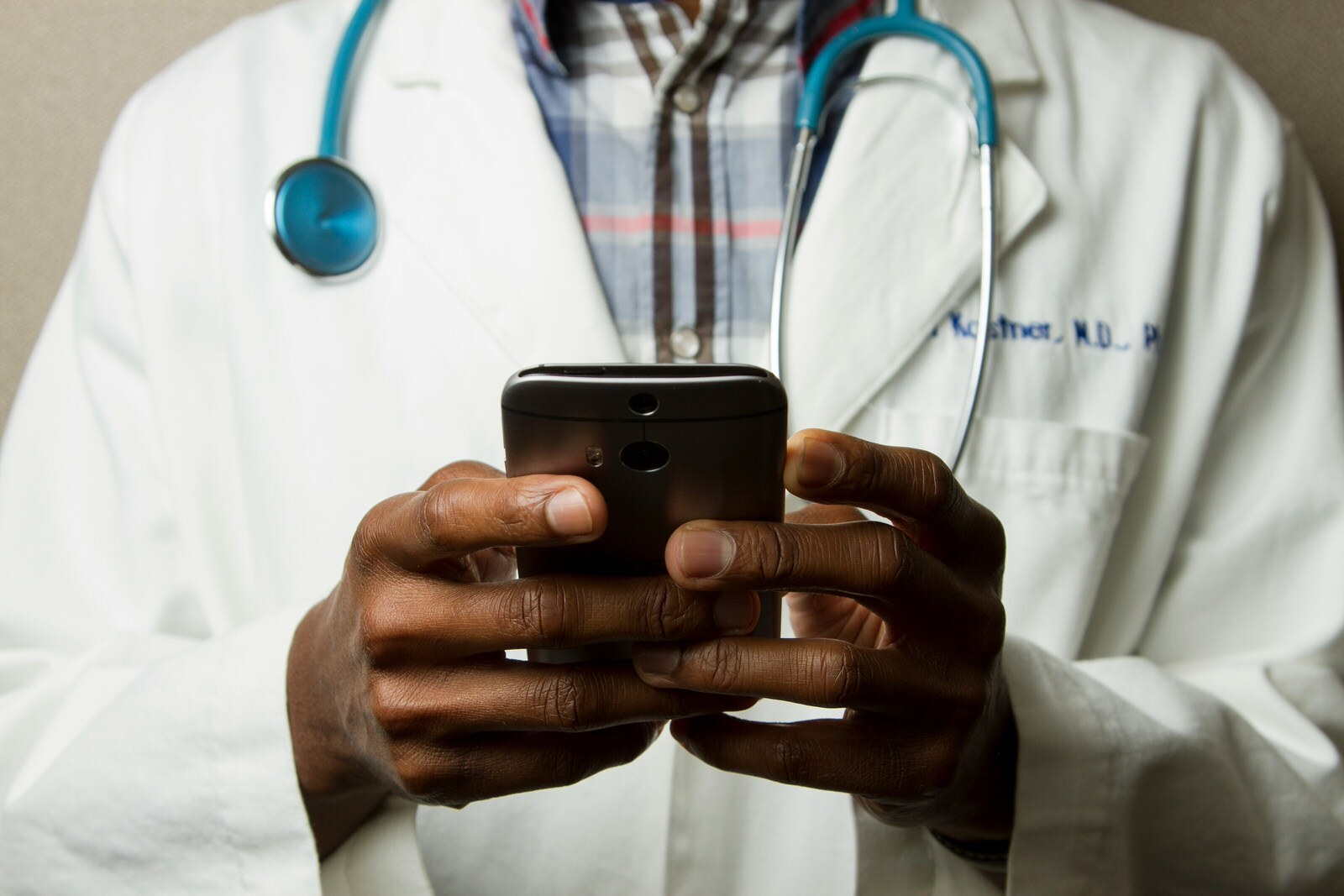
Communication in healthcare isn’t just about efficiency – it’s about patient safety, staff wellbeing, and regulatory compliance. Yet across hospitals, care homes, and clinics, many teams still rely on outdated or unsecure tools that create confusion and increase risk.
From missed shift updates to blurred professional boundaries, the consequences of poor communication within healthcare are tangible. The importance of effective communication in healthcare settings cannot be understated. It’s essential not just for operational flow but also for safeguarding data and ensuring staff accountability.
Common Barriers to Communication in Healthcare
Healthcare is fast-paced, multi-site, and often unpredictable. It’s no surprise that internal healthcare communications can be challenging. Some of the most common barriers to communication in healthcare include:
- Unstructured handovers
- Inconsistent or fragmented channels
- Lack of visibility
- Staff using personal devices or informal apps
- Sensitive information being shared
- Missed announcements
These challenges don’t just create friction. They can delay care, introduce clinical risk, and lead to poor staff experiences. In a sector where pressure is already high, the communication gap becomes a risk multiplier.
The Importance of Effective Communication in Healthcare Settings
In healthcare, miscommunication isn’t just inconvenient – it can be dangerous. Missed handovers, unclear rota changes, or delayed updates can lead to treatment errors, reduced patient safety, and avoidable stress for staff.
A well-structured healthcare communication system helps teams coordinate shifts more reliably, respond faster to changes, and keep everyone – from clinical staff to admin – aligned in real time. It also supports patient confidentiality by ensuring messages are secure, auditable, and in line with organisational policy.
The importance of communication in healthcare settings goes far beyond logistics. It’s the foundation of safe care, trusted collaboration, and operational resilience.
The GDPR Challenge in Healthcare Communications
One of the most pressing issues for healthcare leaders is data compliance. Many UK providers still allow or tolerate the use of personal messaging apps for internal updates, yet this opens up serious GDPR risks, including:
- Access management and visibility
- Lack of audit trails
- Encryption assurance that meets healthcare data handling standards
These put organisations at risk of breaches, fines, and reputational damage - especially when sensitive health information is involved.
Healthcare regulators are clear: organisations must take active steps to ensure communication tools are secure and compliant. Leaders must revisit their communication platforms with GDPR in mind.
What Effective Communication Between Healthcare Professionals Looks Like
Why is communication important in healthcare? Because every message matters. From shift handovers to urgent care updates, clear communication keeps teams aligned and patients safe.
Effective communication in healthcare relies on tools designed for the realities of shift-based, fast-paced environments. In practice, this means using tools built for busy, shift-based environments. A reliable internal platform should:
- Be GDPR-compliant to protect sensitive data
- Deliver real-time updates across mobile and desktop
- Offer role-based access so the right information reaches the right people
- Include audit trails for full oversight and accountability
Just as importantly, it should feel intuitive – simple enough for staff to use confidently without extra training.
Communication in Healthcare Shouldn’t Be Risky
For healthcare leaders, the cost of poor communication is more than operational – it affects safety, staff wellbeing, and data integrity. As the pressure to meet compliance standards grows, so does the need for secure, effective communication between healthcare professionals and across healthcare teams.
By moving away from informal tools and adopting platforms built for healthcare environments, organisations can close critical gaps – from shift coverage to patient confidentiality.
Final Words: Building Safer, More Connected Healthcare Teams
Clear, secure communication underpins safe and effective healthcare delivery.
As Health Education England puts it: “The importance of communication within teams cannot be overstated [...] thinking about how teams communicate will be the most important element for leaders to consider.”
Communication matters. It’s not something you can overlook, especially within healthcare settings. Introducing Joyned to your team couldn’t be easier and is essential for strengthening communication across the healthcare industry.










.png)




